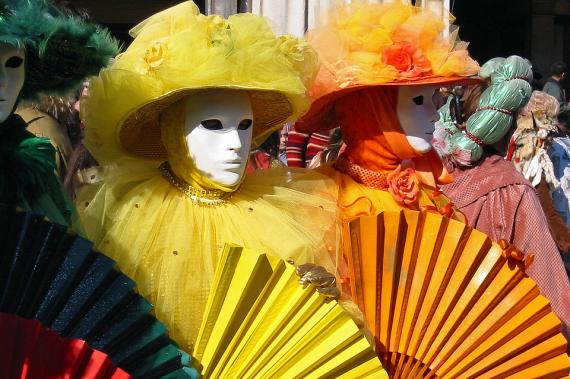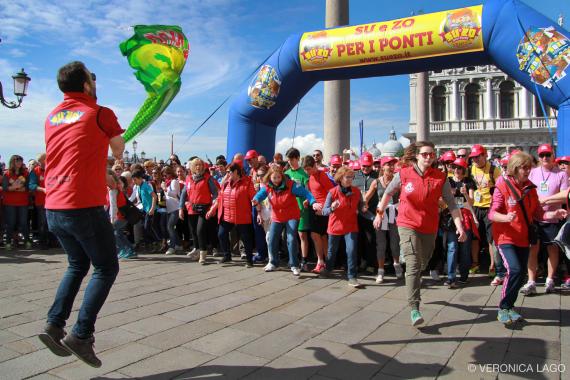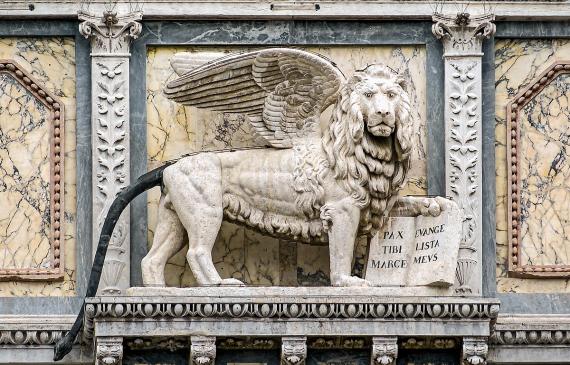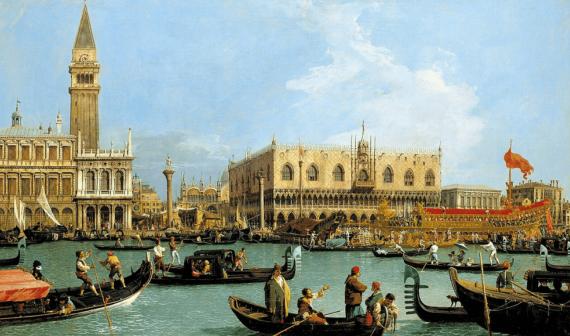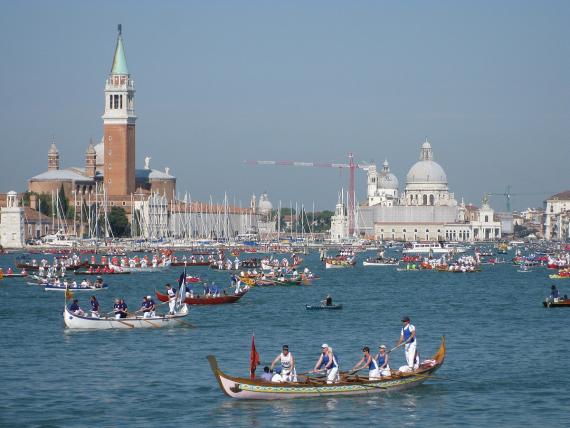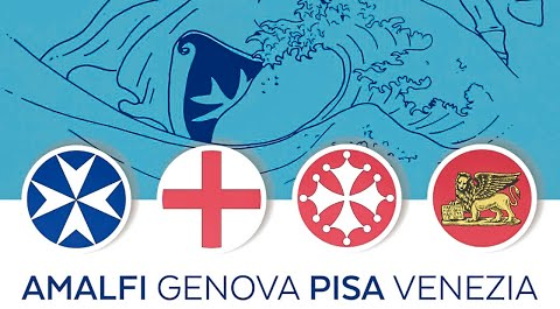Carnival is one of the oldest feasts of Venice, catacterizing Venice traditions, both for its allure and mistery rooted in history. Reintroduced some decades ago, Venice Carnival imposed itself to Italy and Europe as an important event not to be missed. Thanks to its mix of history, suggestions, transgression, art, and fun, Venice Carnival arouses more and more interest among its inhabitants and tourists.
Today we can find the history and art of Venice in its many traditions that will follow in this section: from its traditional and official festivities marking the splendour of the Maritime Republic and living again every year in the magical atmosphere of its most famous festivities, to the culinary traditions, enriched bythe trades with the Orient and by the influences of foreign populations passing thorough Venice along the history. Visit this section to discover Venetian traditions and its tipical and particular habits.
Su e zo per i ponti ("Up and Down the Bridges” walk) is one of the many traditional events organised in Venice during all seasons: it's a non-competitive walk for everyone who wants to spend a day in the open air through Venice streets and squares.
On April 25th, Italy celebrates also its freedom from the Nazi-Fascism, but for Venetians it's a more important and older tradition; the Feast of Saint Mark, saint protector of the city.
It’s in May, on the Ascension day, (Sensa in venetian) to commemorate two Venician historical victories.
Vogalonga it’s a spring celebration, born in the ’90 thanks to some Venicians, to remember "Serenissima" traditions and to point citizens and authorities attention at the problem of waves’ movement in Venice.
It's a yearly boat race between the four Italian Maritime Republics that sailed the seas in medieval times. It's hosted, in turn, on the Mediterranean sea at Amalfi and Genoa, on the Arno in Pisa and on the lagoon in Venice, to celebrate the history and memories of the four maritime cities.

